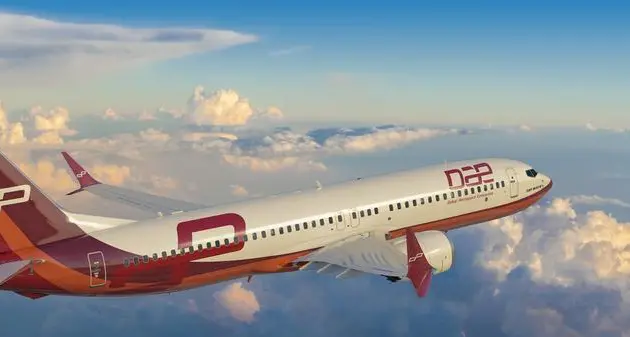The population of black rhinos declined dramatically in the 20th century at the hands of European hunters and settlers. Between 1960 and 1995, black rhino numbers dropped by a sobering 98%, to less than 2,500 individuals. Since then, the species has made a tremendous comeback from the brink of extinction. Thanks to persistent conservation efforts across Africa, black rhino numbers have doubled from their historic low 20 years ago to more than 6,000 today. However, the black rhino is still considered critically endangered, and a lot of work remains to bring their population up to even a fraction of what it once was—and to ensure that it stays there. Wildlife crime—in this case, poaching of rhinos for the illegal international market for their horns—continues to plague the species and threaten its recovery.
The Namibian government and its partners in conservation, including communal conservancies have been at the cutting edge of efforts to relocate, protect and expand the range of rhinos in the country. While the threat of poaching persists, the impact of these efforts is dramatic. Namibia is now home to the largest population of black rhino left on earth.
TACKLING WILDLIFE CRIME
Poaching remains the deadliest and most urgent threat to black rhinos. WWF is working with government agencies, local communities and other partners in Namibia, Kenya, and South Africa to support law enforcement agencies, develop and build on innovative tech solutions, and equip and train rangers to stop poachers.
In Namibia, WWF, with support from the USAID funded Combatting Wildlife Crime Project and INL projects, is working across sectors, agencies, and borders to help implement the country’s ambitious law enforcement strategy to combat wildlife trafficking. WWF also supports the Namibian government in the implementation of its national black rhino strategy, in part by moving rhinos from parks with significant populations to other areas that historically held rhinos but currently do not—a process known as translocation. WWF is also working with the Ministry of Environment, Forestry and Tourism and other conservation partners to protect both black and white rhinos, including the maintenance of a comprehensive DNA databank used for forensic investigations and research, and the use of sniffer dogs.
PROTECTING AND MANAGING KEY POPULATIONS
WWF supports aerial population surveys at key sites such as Etosha National Park in Namibia. The surveys are critical for evaluating breeding success, deterring poachers, and monitoring rhino mortality. WWF is also working with partners to develop and implement cutting-edge technologies in range states to closely monitor key populations. When paired with boots-on-the-ground, innovative solutions like electronic identification and tracking tags, radio and satellite collars, night vision cameras, and camera traps provide critical data that is used to make important decisions for black rhino populations going forward.
COMMUNITY-BASED CONSERVATION
Namibia was the first African country to incorporate protection of the environment into its constitution. In 1996, the new Namibian government granted communities the right to create conservancies — areas with defined borders and governance and management structures outside of parks — where communities have the right to manage and benefit from their natural resources. With long-term support from IRDNC, NNF, SRT, WWF and other NACSO partners, robust conservation efforts including community game guards, monitoring, community engagement campaigns, partnerships between the communities and private sector tourism, and translocation projects, which relocate species into new habitats so that they have more space to breed, have made enriched landscapes and lives in rural Namibia.
On World Rhino Day, we join our Namibian partners in recognizing their efforts to protect black rhinos – against tremendous odds. Not only does Namibia have the largest population of black rhinos in the world, but communal conservancies have allowed rhinos to roam free, outside of national parks. These communal conservancies—working with the government, nonprofit organizations and others—have restored populations of black rhinos, creating a rhino-based economy that benefits both people and wildlife!
For more information on WWF Programs in Namibia, visit https://www.wwfnamibia.org.
For more information on U.S. global climate and environmental priorities, visit Climate and Environment – United States Department of State.
Distributed by APO Group on behalf of U.S. Embassy in Namibia.


















